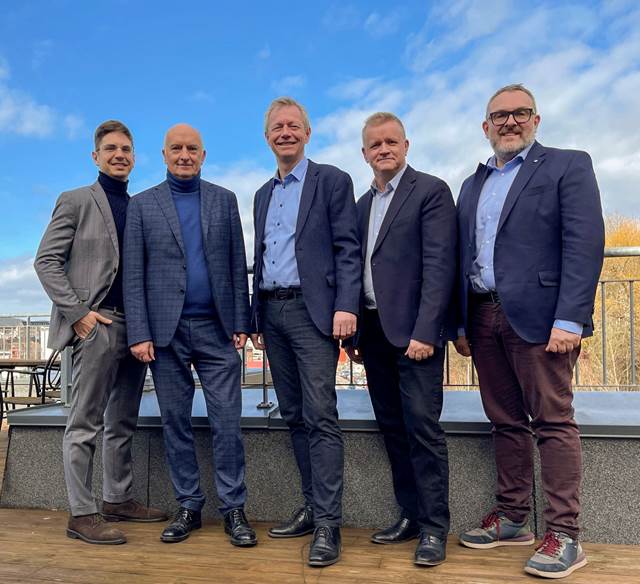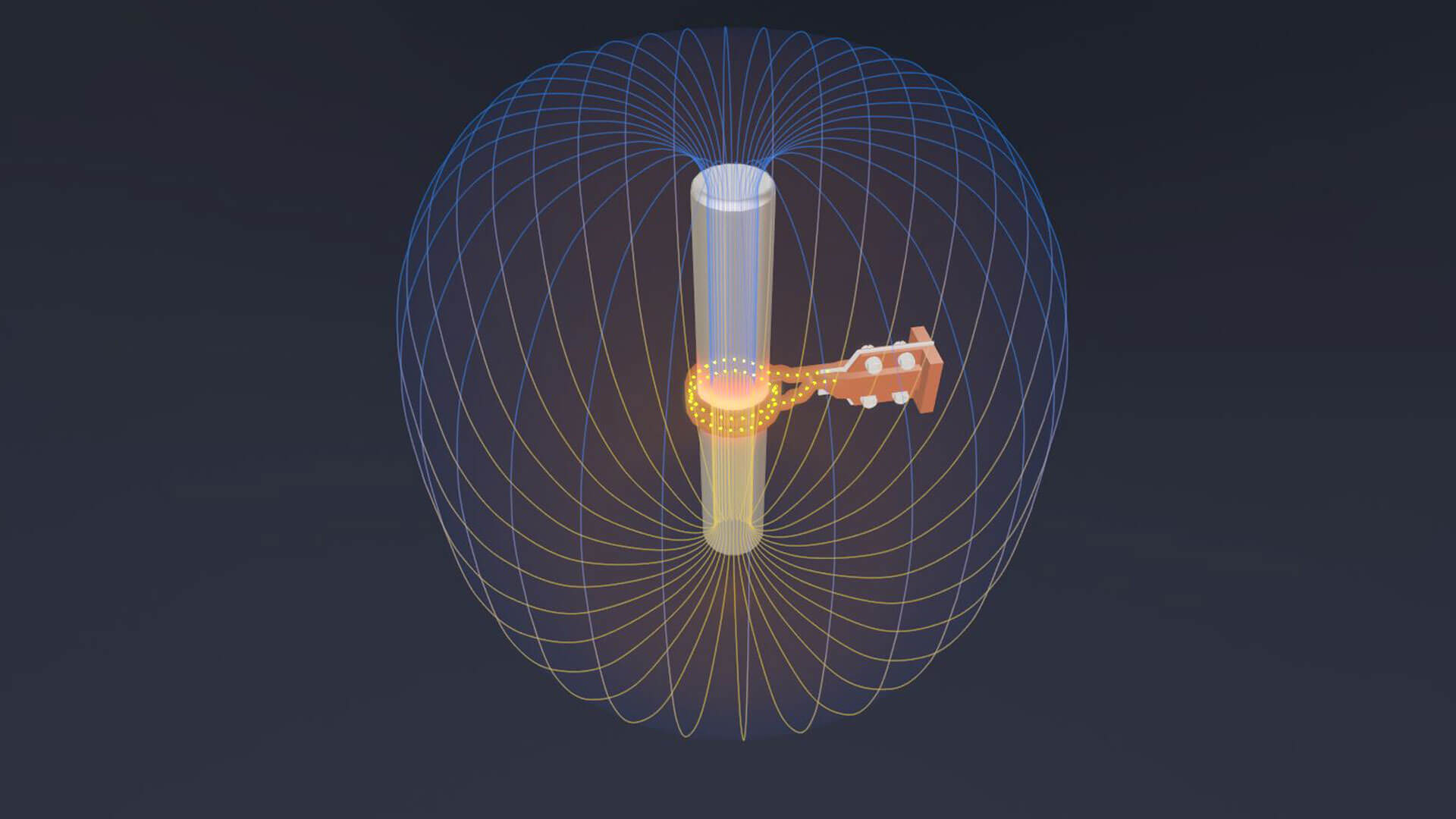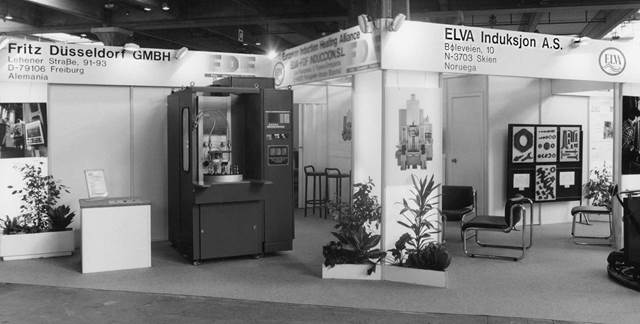
Working together towards wireless charging
We are happy to announce that ENRX has entered into a strategic cooperation agreement with the Italian company, R.M. Sistemi Elettronici S.r.l.

ENRX is a global green tech company on a mission to speed up the journey for a sustainable future. We offer inductive heating, charging and power transfer with low or no carbon footprint – technologies that provide value in manufacturing and mobility applications worldwide.
Turnover: 135 MEUR
Number of employees: 1,100
Heat: 30,000+ installations in 80+ countries
Charge: 25+ million km driven on wireless charging roadways
Power: 100+ km of industrial tracks worldwide
Patents: More than 1,200 for induction technology

ENRX develops stand-alone equipment and integrated systems within induction heating, wireless inductive charging and contactless power supply.

ENRX is owned and backed by Arendals Fossekompani, a long-term investment company that focuses on energy and technology-related businesses for a greener economy.

It started with a date and ended up in marriage. ENRX comprises the global industrial induction heating expert EFD Induction and the patent-dense wireless inductive charging and contactless power supply innovator IPT Technology.

ENRX strives to be a transparent company. Find out about the latest news and press releases, get access to our media bank and feel free to contact us with your questions.

Meet our Board of Directors and our Corporate Executive Committee.

Our vision informs where we are heading as a company. The world of electrification is full of opportunities. By picking the right ones we will provide more value than anyone else within induction heating, wireless inductive charging and contactless power supply. A journey to look back on with pride.

Our mission reflects why we exist as a company. Inductive heating, charging and power supply makes a difference in a virtually endless number of applications within manufacturing and mobility. We offer a technology that has been proven for decades, and the best years are yet to come.